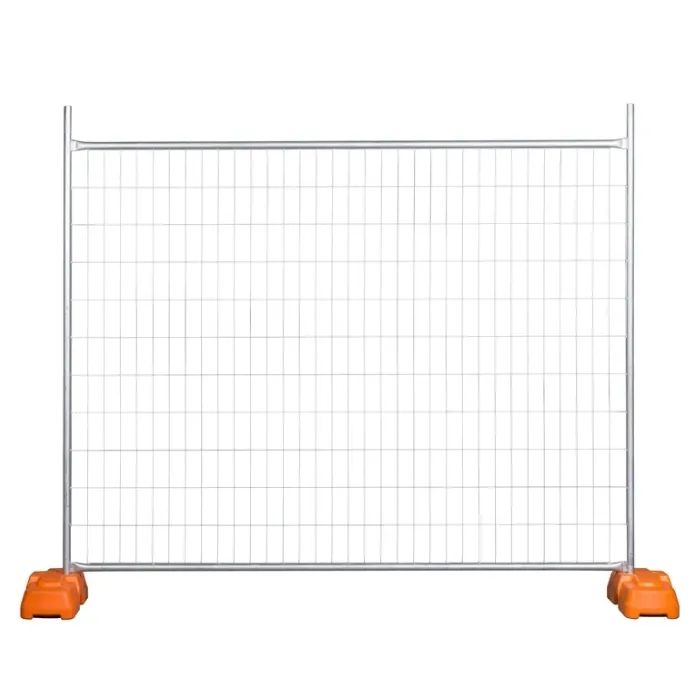The cheapest way to make a temporary fence often involves using readily available, low-cost materials that can be quickly assembled and easily removed when no longer needed. One of the most economical options is using plastic or polyethylene mesh fencing, sometimes called snow fencing or safety fencing, which is lightweight, flexible, and affordable. This type of fence is commonly used for crowd control, marking boundaries at events, or protecting gardens. It can be attached to inexpensive wooden stakes, metal T-posts, or even bamboo poles driven into the ground, eliminating the need for expensive posts or concrete footings. Another budget-friendly method is repurposing chain-link fencing panels or wire mesh rolls, which provide more durability while still being relatively affordable if sourced second-hand or rented. For temporary installations, simple fastening methods such as zip ties, wire, or rope can secure the fencing material to the posts without specialized tools. In many cases, people also use wooden pallets or scrap lumber to create quick barriers when more rigid protection is needed but budgets are tight. The key to keeping costs low is to minimize labor and material expenses by selecting lightweight materials that require minimal groundwork or specialized hardware. Additionally, renting temporary fencing rather than purchasing can significantly reduce costs, especially for short-term needs. However, it’s important to balance cost with safety and effectiveness; extremely cheap materials may not provide sufficient security or durability, especially in high-traffic or construction areas. Ultimately, the cheapest temporary fence combines affordable materials like plastic mesh or wire with simple supports and fasteners, offering a practical solution that meets basic perimeter control needs without breaking the budget.
- Afrikaans
- Albanian
- Amharic
- Arabic
- Armenian
- Azerbaijani
- Basque
- Belarusian
- Bengali
- Bosnian
- Bulgarian
- Catalan
- Cebuano
- Corsican
- Croatian
- Czech
- Danish
- Dutch
- English
- Esperanto
- Estonian
- Finnish
- French
- Frisian
- Galician
- Georgian
- German
- Greek
- Gujarati
- haitian_creole
- hausa
- hawaiian
- Hebrew
- Hindi
- Miao
- Hungarian
- Icelandic
- igbo
- Indonesian
- irish
- Italian
- Japanese
- Javanese
- Kannada
- kazakh
- Khmer
- Rwandese
- Korean
- Kurdish
- Kyrgyz
- Lao
- Latin
- Latvian
- Lithuanian
- Luxembourgish
- Macedonian
- Malgashi
- Malay
- Malayalam
- Maltese
- Maori
- Marathi
- Mongolian
- Myanmar
- Nepali
- Norwegian
- Norwegian
- Occitan
- Pashto
- Persian
- Polish
- Portuguese
- Punjabi
- Romanian
- Russian
- Samoan
- scottish-gaelic
- Serbian
- Sesotho
- Shona
- Sindhi
- Sinhala
- Slovak
- Slovenian
- Somali
- Spanish
- Sundanese
- Swahili
- Swedish
- Tagalog
- Tajik
- Tamil
- Tatar
- Telugu
- Thai
- Turkish
- Turkmen
- Ukrainian
- Urdu
- Uighur
- Uzbek
- Vietnamese
- Welsh
- Bantu
- Yiddish
- Yoruba
- Zulu








